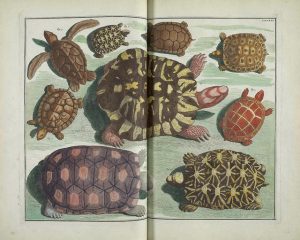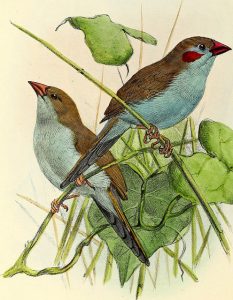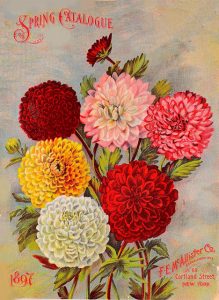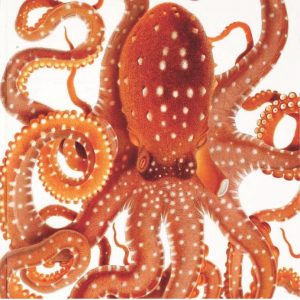By Becca Greenstein, Science, Technology, Engineering, and Math (STEM) Librarian
Wouldn’t it be nice to have the collections of the world’s most famous natural history and botany research libraries easily accessible online, right at your fingertips?
If so, the Biodiversity Heritage Library (BHL) is a dream come true. BHL is the world’s largest open access digital library dedicated to biodiversity literature, containing over 53 million pages of content. As Northwestern’s STEM Librarian, I will be teaching a class that provides an overview to BHL, including tips for searching the collection and highlight tools and services available to support librarians and researchers.
Join us:
Friday, Jan. 19
Noon – 1 p.m.
Mudd Library, Room 2210
Planit Purple event page
One of BHL’s main values is its taxonomic name recognition (TNR) feature. TNR searches through all the texts digitized in BHL and extracts the scientific names. It enables users to search for a scientific name (such as Pan troglodytes, chimpanzee) to access a list of all the individual pages in the BHL corpus where that name occurs (377 unique mentions for this example). This feature helps subject specialists around the world conduct research on organisms ranging from mosses to turtles to fungi.

“Locupletissimi rerum naturalium thesauri accurata descriptio.” Full volume and illustrations available at BHL.
Another useful feature in BHL is the ability to download portions of the Library’s content. Users have the option to download entire volumes of works such as Pliny’s Natural History, which was published in 1469 and is the world’s oldest published natural history book. BHL also allows its users to select and download specific pages from each volume. Using this feature, one could download the page in the 1922 volume of the Annals of the Transvaal Museum that contains the first mention of the genus Notopholia, a bird native to South Africa.

“Red-cheeked cordon-bleu; Onze vogels in huis en tuin.” Full volume and illustrations available at BHL.
Lastly, BHL has a number of social media accounts on platforms such as Twitter, Flickr, Tumblr, and Instagram, all with the handle @BioDivLibrary. Feel free to tag the images on Flickr with scientific names to participate in one of BHL’s Citizen Science projects. After all, who doesn’t like a good octopus picture?


